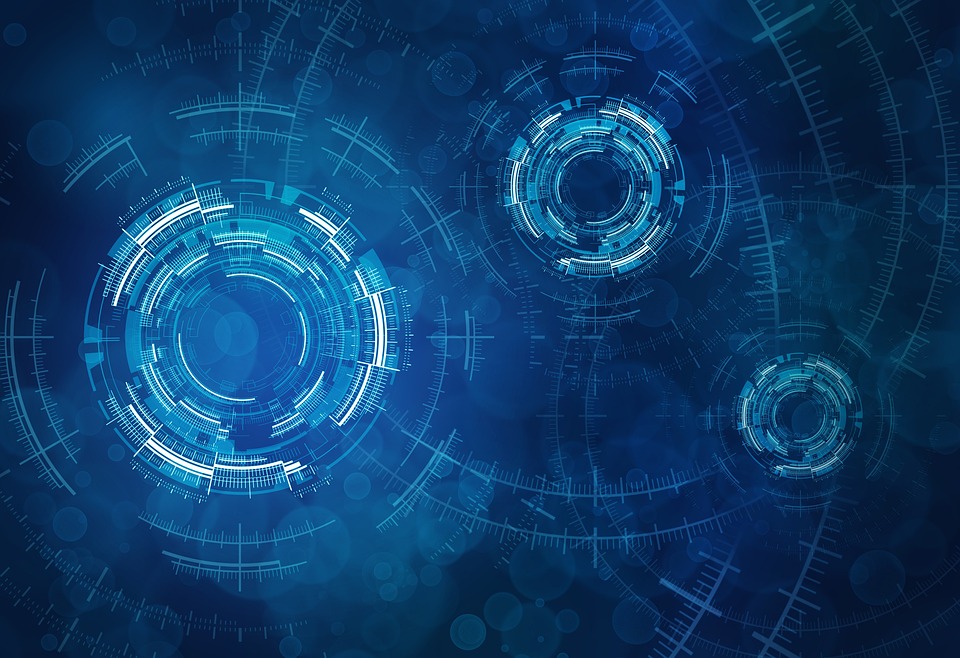There has been a lot of buzz in recent years about the rise of Artificial Intelligence (AI) and Machine Learning (ML) and their impact on various sectors. With the ongoing advancement in technology, it is expected that by 2023, the world will witness a significant shift in how machines and humans interact. In this article, we will explore the potential consequences of this transformation and what’s in store for us in the future.
One of the primary effects of this AI and ML revolution will be the gradual replacement of human labor with machines. With the help of Machine Learning algorithms, machines would become more autonomous and efficient than they are today, with the ability to adapt to new scenarios, and improve their performance over time. Manufacturing, transportation, and retail, among other industries, will be among the first to experience this massive shift.
In retail, for instance, AI-powered chatbots will enable customers to interact with brands through messaging and find a personalized shopping experience. They could efficiently guide and make purchase recommendations to customers without the need for human interaction. Machine learning will also be used to predict the demand for different products, helping companies to optimize their supply chains better.
In contrast, transportation companies, such as Uber and Lyft, are already investing in autonomous vehicles. By 2023, they would have perfected the technology, leading to a significant reduction of human drivers. This would have far-reaching implications such as fewer accidents, lower transport costs, and more reliable and efficient services.
In healthcare, AI and ML will be instrumental in the provision of quicker, more cost-effective, and accurate diagnoses. They could help doctors to identify diseases at an early stage, detect patterns in medical data, and provide patients with tailored treatments. But, as the use of these technologies continues to increase, it also raises concerns about the regulation of health care treatments and services.
The increasing automation of jobs could lead to a shift in the skills required from the workforce. Cybersecurity, data sciences, and skills related to developing, operating, and maintaining machines will be in demand. Encouragingly, this could also create opportunities for designers, artists, writers, and other creative professionals to pursue more fulfilling roles.
In conclusion, 2023 will not mark the end of human work or interaction. Instead, the ongoing expansion of AI and ML technology will bring about unprecedented opportunities for both individuals and businesses to thrive in a world that is more efficient, productive, and interconnected than ever before. The challenge for individuals and businesses is to prepare adequately and anticipate the changes brought about by this AI and ML revolution.

